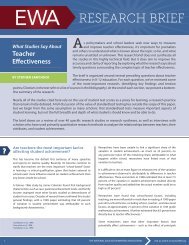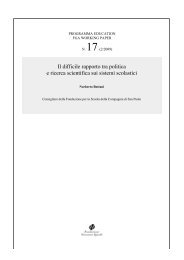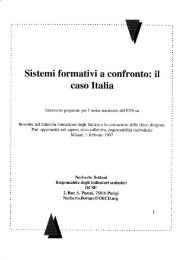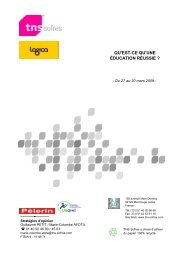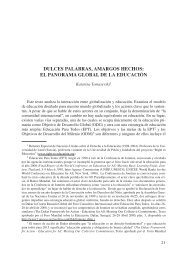What Works Clearinghouse, WWC Evidence Review Protocol for ...
What Works Clearinghouse, WWC Evidence Review Protocol for ...
What Works Clearinghouse, WWC Evidence Review Protocol for ...
Create successful ePaper yourself
Turn your PDF publications into a flip-book with our unique Google optimized e-Paper software.
Dropout PreventionGeneral Inclusion Criteria and Populations To Be IncludedThe general target population includes students who attend middle school, junior high school, or high school,or who are at the age when they could be attending these schools but are not (that is, they have dropped out ofschool). Subpopulations that are especially at risk are of particular interest. The research literature has identified riskfactors including being a racial or ethnic minority, being a second-language learner, being a teen parent, growing upin a poverty household, having low grades or poor attendance, and receiving special education services.Types of Interventions That May be IncludedThe interventions to be included will be determined after a search of the published and unpublished literatureas well as a review of the nominations submitted to the <strong>WWC</strong>. To be included in the review, the intervention mustfocus on promoting attendance in or completion of school. Interventions whose purpose is to affect behaviors thatare correlated with staying in school or completing school, such as violent behavior or drug use and teen pregnancyreduction, will not be included in the review. The intervention must operate in U.S. schools, territories, or tribalregions.The review will focus on “nonbranded” interventions. Dropout prevention programs are typically not“branded” in the sense of being trademarked or copyrighted and having a channel <strong>for</strong> dissemination or anorganization promoting dissemination.Examples of the types of interventions to be included are:Programs:Practices or Strategies:Policies:Alternative middle schools and high schoolsSchools within schools (including freshman and career academies)After-school and enrichmentPeer tutoring and mentoringCollege preparationCommunity service and service learningGED preparationCounseling and case-managementSchool restructuringDriver license suspensionWelfare payment reductionsFinancial incentivesInclusion and Exclusion Criteria <strong>for</strong> Studies Collected <strong>for</strong> <strong>Review</strong>The Dropout Prevention literature search focuses on studies involving programs, practices, and policies <strong>for</strong>students in middle school, junior high school, or high school. To be included in the review, a study must meetseveral relevancy criteria: Topic relevance. The study should examine the intervention’s effects on whether participants stay inschool, progress in school, or complete school. The study should not be a correlational studyexamining relationships between school attendance or dropout behavior and other characteristics. Timeframe relevance. The study has to be published in 1983 or later. Sample relevance. The sample must include students in middle school, junior high, or high school, orwhen they are at the age they could be attending these schools, but are not (that is, they have droppedout of school). Study design relevance. The study design and focus is limited to manuscripts that are empiricalstudies, using quantitative methods and inferential statistical analyses, and that take the <strong>for</strong>m of a2


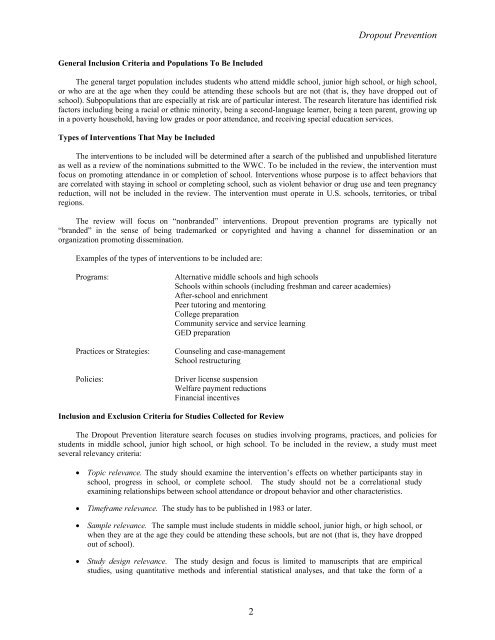

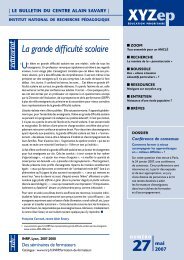
![ADI_Roma_account.ppt [Lecture seule] - Norberto Bottani Website](https://img.yumpu.com/45357549/1/190x135/adi-roma-accountppt-lecture-seule-norberto-bottani-website.jpg?quality=85)
